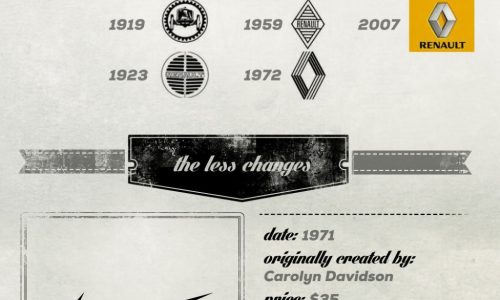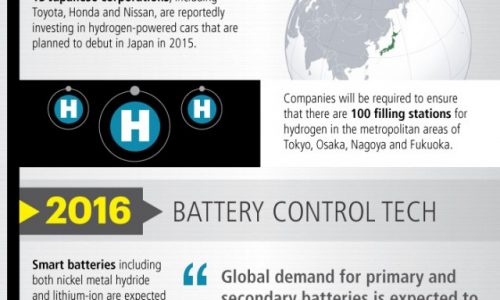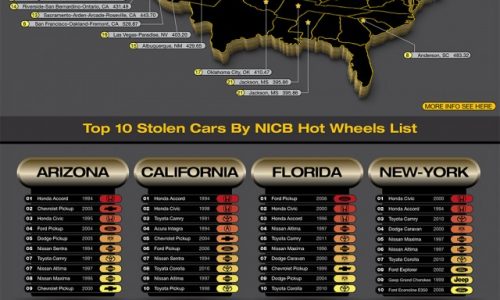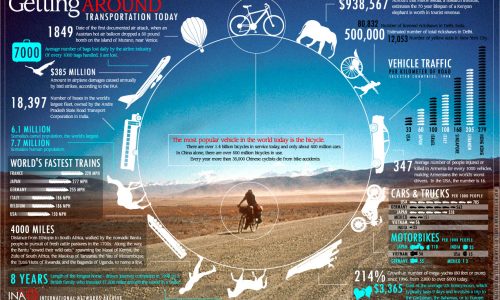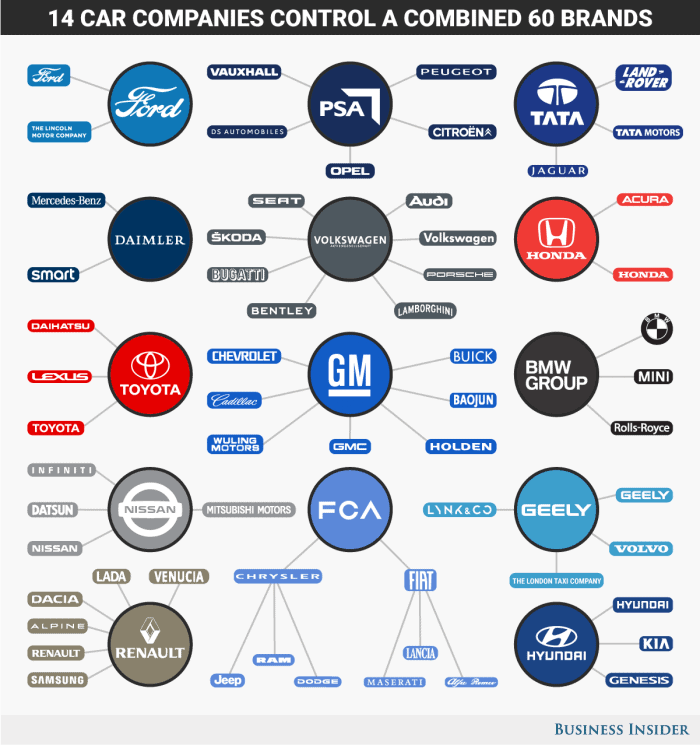
If you’re going shopping for a car, you’ll likely see dozens of companies competing for your business. But you may not have realized that the vast majority of these brands are in fact owned by a handful of large corporations. There are only a few independent car manufacturers, and those that do exist struggle to stay afloat. When faced with the choice of shutting their doors or joining one of the world’s large automobile conglomerates, it shouldn’t be a surprise that most choose the latter.
Doing so comes with perks: Large companies share research and development costs amongst their various brands, bringing total expenses down. The different brands can also share facilities, structural components, logistics, streamlining production and increasing profits.
Bringing these brands together under a few corporate umbrellas has its drawbacks, the most significant of which is the elimination of competition, which stifles innovation. This leaves consumers with products that are sometimes difficult to differentiate, and can create a kind of internal competition that helps some of the corporation’s brands while hurting others.
What will happen when self-driving cars take over? As this fascinating infographic demonstrates, a lot of things will change. Take a look for yourself.

